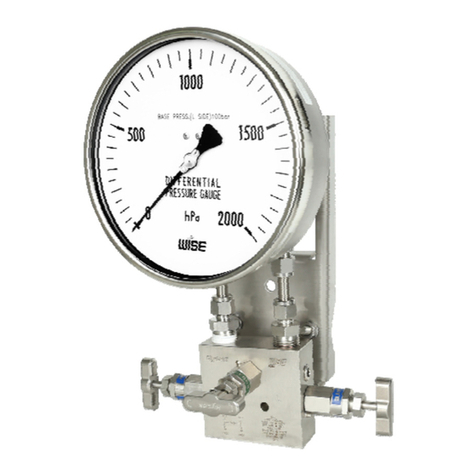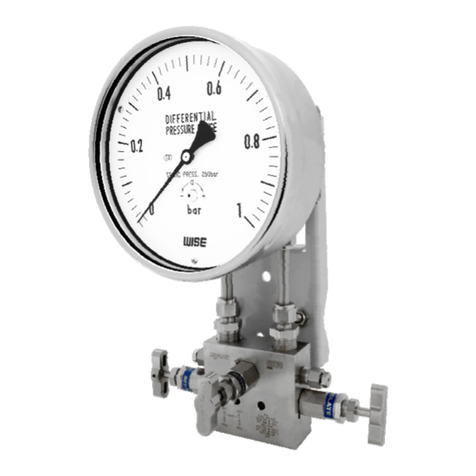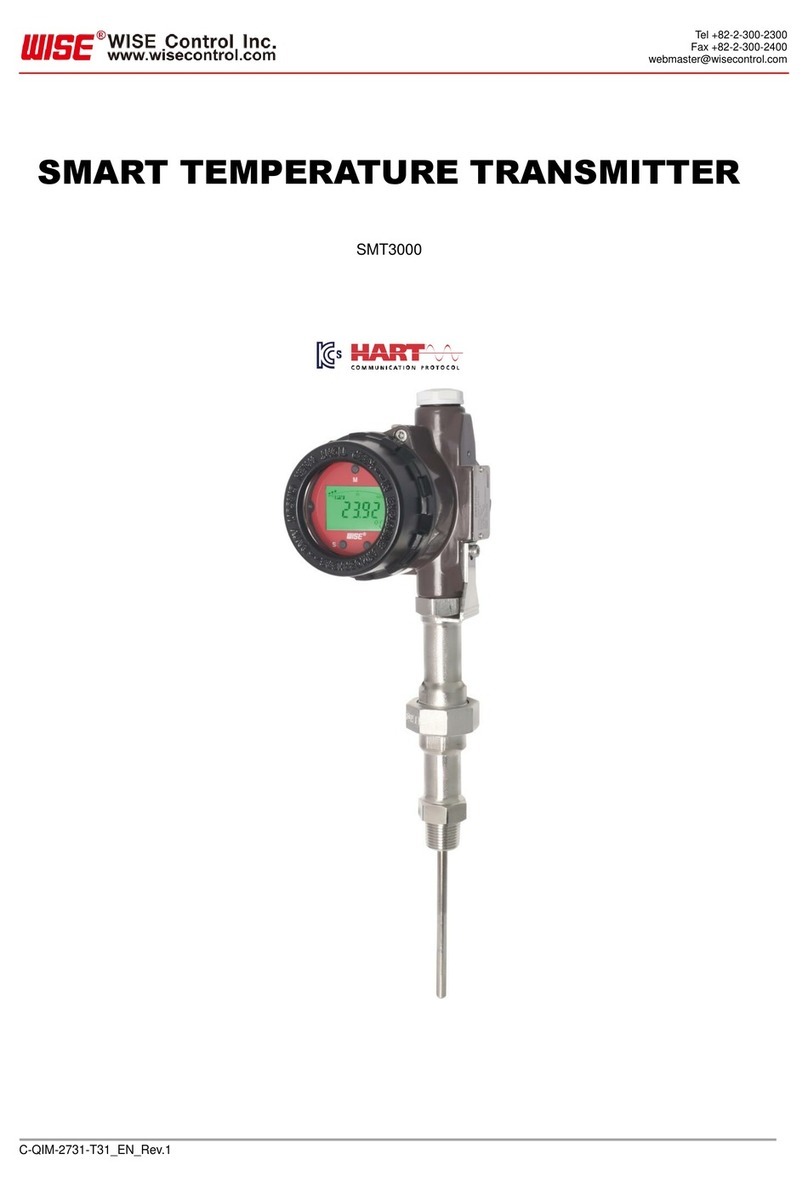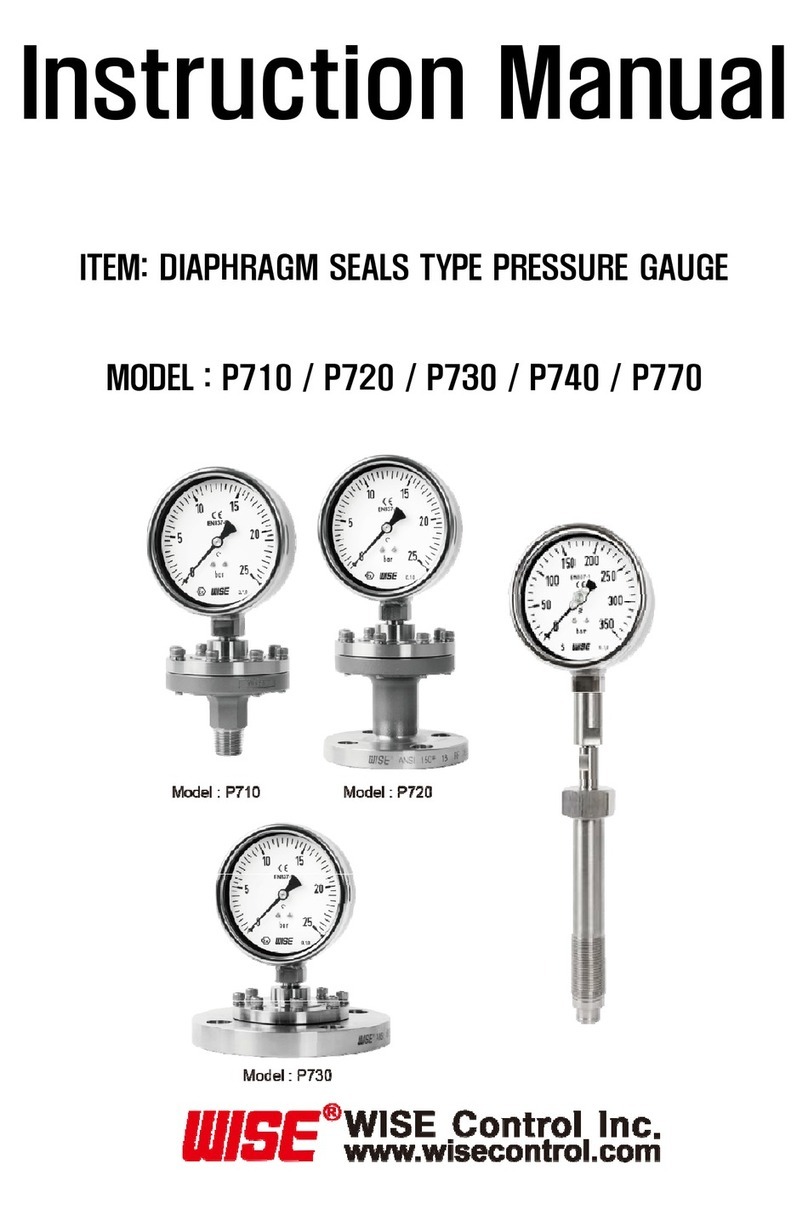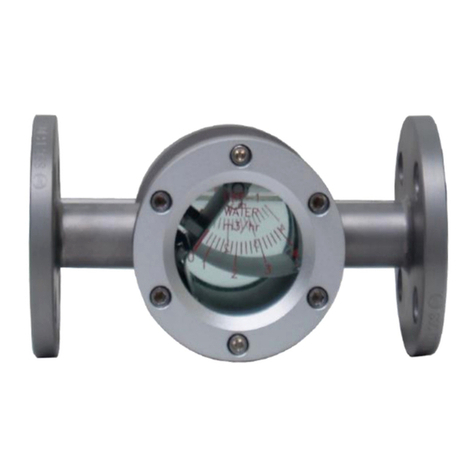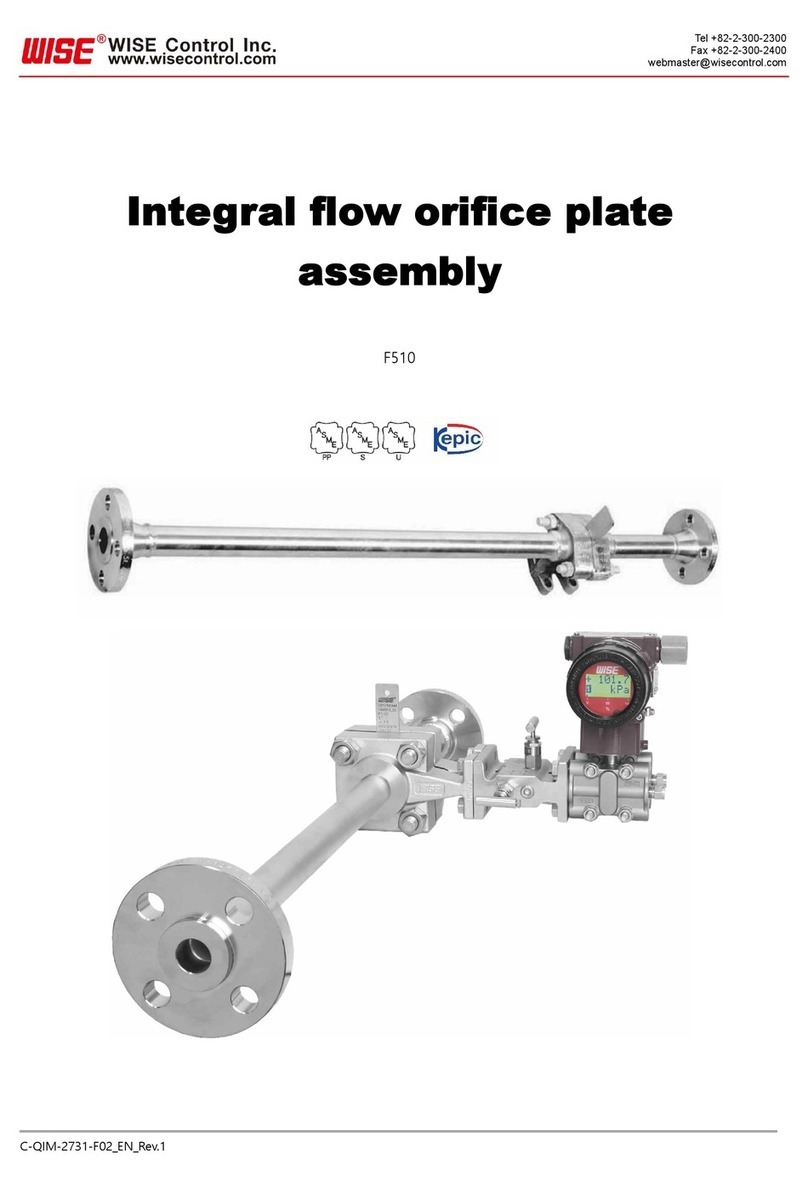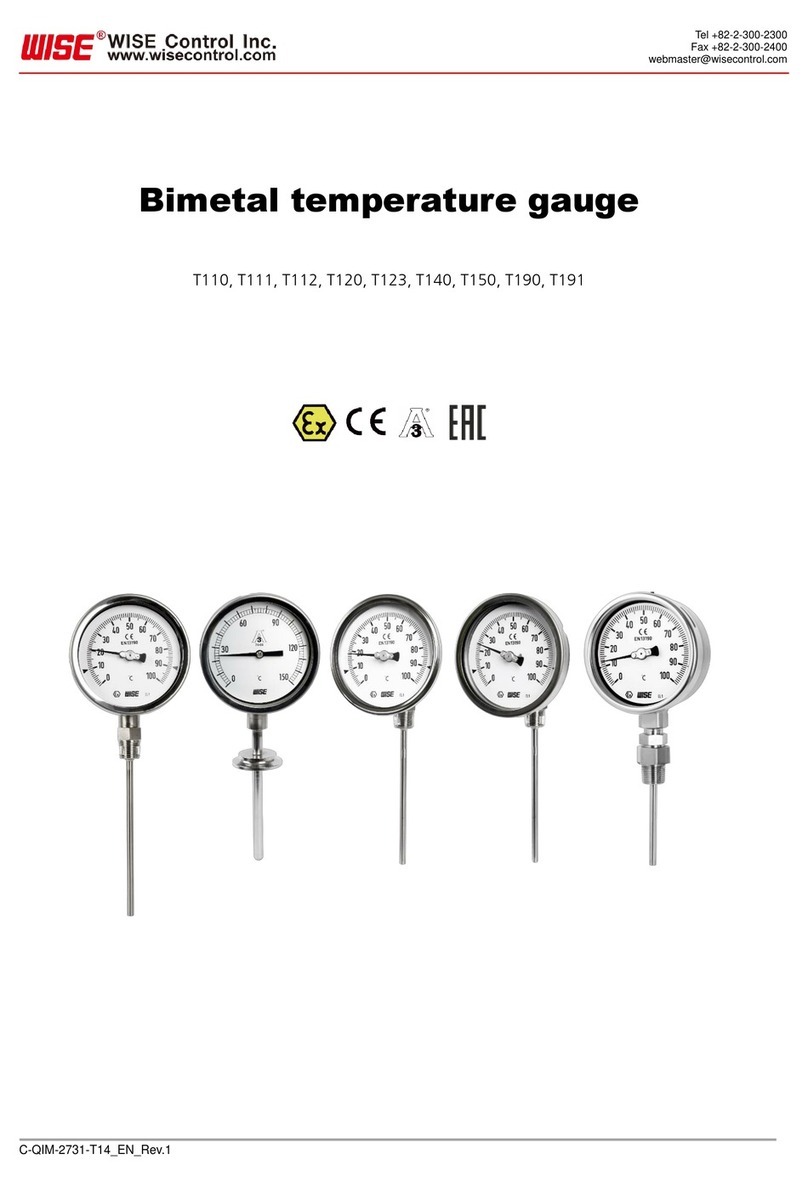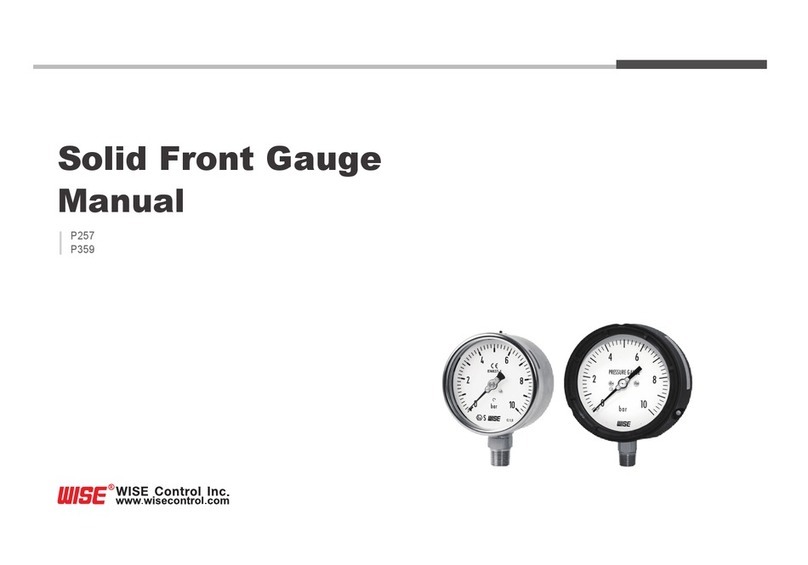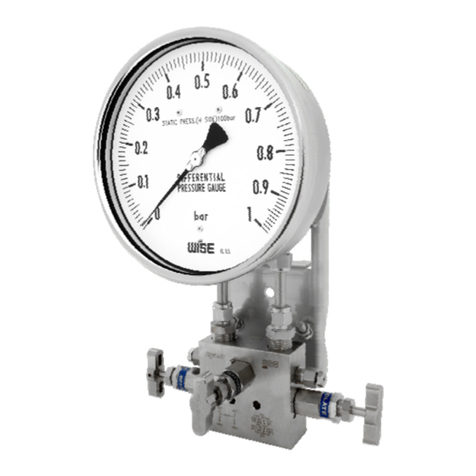
3
▷This document is not a contractually binding document, WISE CONTROL reserves the right to make any changes, without
notice, to the technical characteristics of its equipment in order to improve performance levels, in the interest of its customers.
▷Carefully read the instructions before all first use: This instruction manual must be read by any person who is, or will be,
responsible for the use, maintenance or repair of this equipment.
▷This equipment will conform with the specified performance levels only if it is used, maintained and repaired in accordance
with the directives of WISE CONTROLand by WISE CONTROL personnel or personnel authorized by WISE CONTROL
LIMIT OF RESPONSIBILITY
▷WISE CONTROL hereby reject any and all responsibility with regard to any person for material damage, bodily injury or death
resulting in whole or in part from the inappropriate use, installation or storage of its equipment not conforming to the
instructions and to warnings and /or not conforming to standards and regulations in force.
▷WISE CONTROL does not allow or authorize any company, person or legal entity to assume such responsibility on the part of
WISE CONTROL, even if involved in the sale of the product of WISE CONTROL.
▷WISE CONTROL shall not be liable for any direct or indirect damage, or any direct or indirect legally awarded damages
resulting from the sale and use of any of its products, unless those products were specified and chosen by WISE CONTROL
for the use made of them.
WARNING
▷Do not open the transmitter enclosure with power applied unless it is verified that no combustible gases or vapors are present.
A portable gas detection instrument should be used to ensure that the area is clear of any combustible gases. Calibration or
maintenance should not be performed if there is any indication of the presence of combustible gas at the sensor.
▷It is possible for the transmitter output to drop to a low LEL level after going into high alarm and still have a dangerous level of
combustible gas present. Therefore, precautions should be taken to ensure that the combustible gas has been cleared before
considering the area safe.
▷The sintered metal flame arrestor is an integral part of the combustible gas sensor. DO NOT operate the gas detector if the
flame arrestor is damaged or missing, since the exposed element is a potential ignition source.
CAUTION
▷The wiring instructions in this manual will provide safe and proper functioning of the device under normal conditions. However,
local variations in wiring codes and regulations exist, and total compliance with these ordinances cannot be guaranteed. Be
certain that all wiring complies with all local ordinances. If in doubt, consult the local authority having jurisdiction before wiring
the system.
▷The sensor threads should be coated with silicon free grease to ease both the initial installation and future replacement of the
sensor. The junction box cover threads should also be lubricated. The use of other lubricants is not recommended, since
some materials can cause irreversible damage to the sensing element. Silicon based lubricants must never be used.












